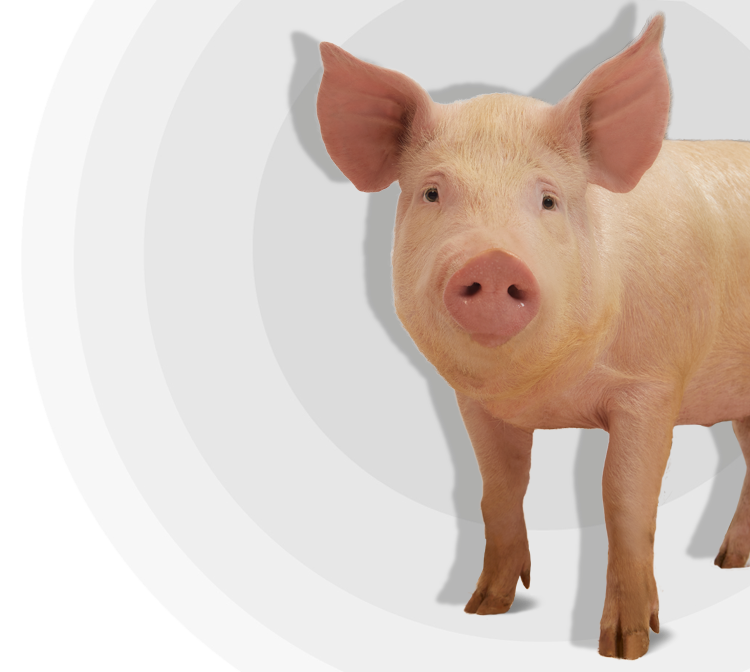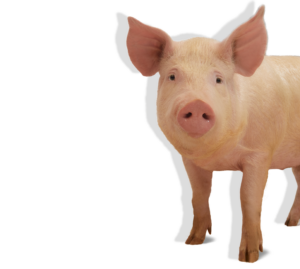Sow longevity is very important to pig producers. All producers aim for healthy sows that can produce as many vital piglets for weaning as possible in their productive lifetime.
Gilts represent the largest category of females in a herd [1] and they are the future sows. Therefore, focusing on gilt development can directly improve the sow’s productive lifetime. In order to achieve this, gilt development should be systemised: from feeding through management to selection – as every step is important.
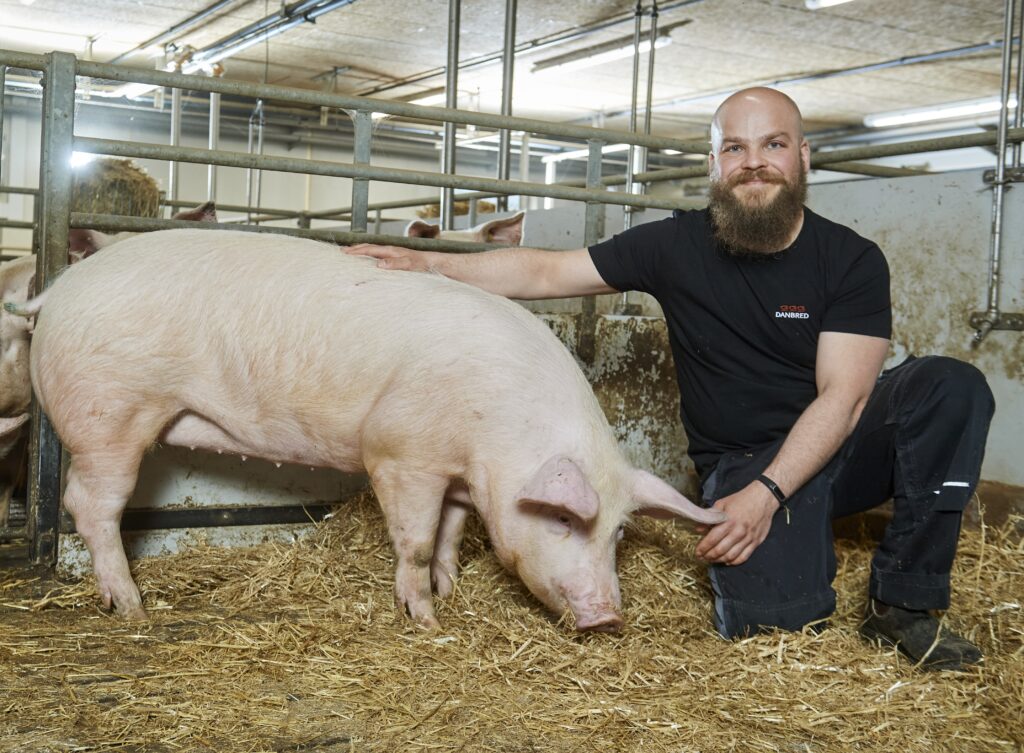
Lay the groundwork for high lifetime productivity by focusing on gilt development, which begins in the farrowing unit and follows your gilts into gestation and lactation.
To assist you, we have gathered our top tips for gilt development with well-defined goals and tasks for: selection of robust gilts, balanced feed strategy to reach optimal DanBred productivity, ideal housing conditions during growth, and day to day handling of gilts to help you achieve high lifetime productivity in your herd.
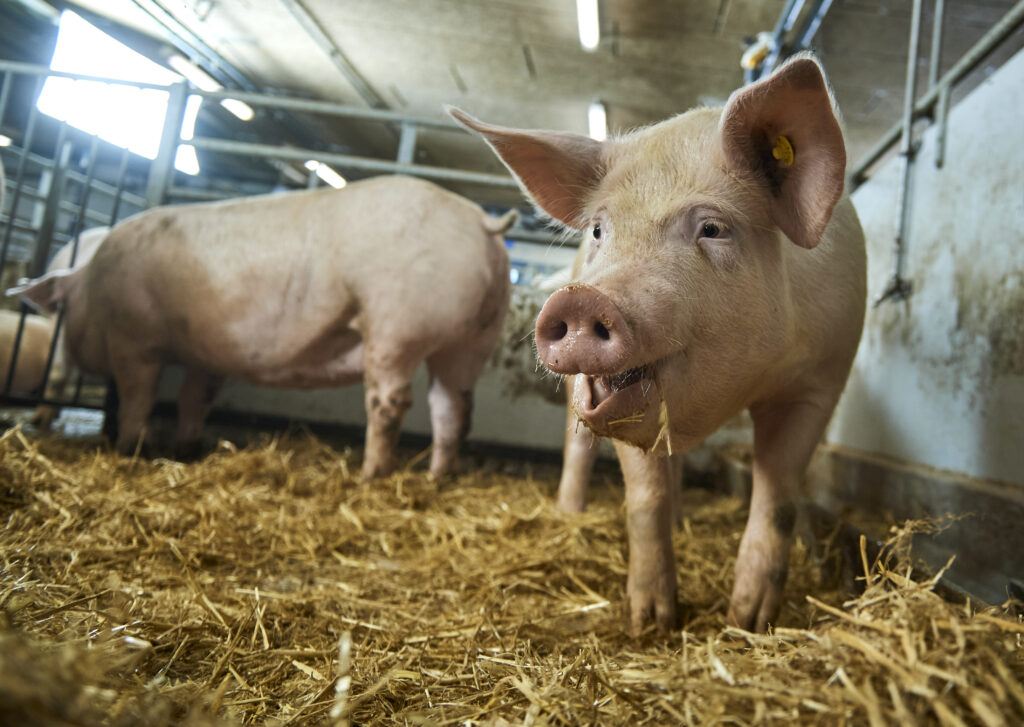
When you are planning your production flow, it is important to make sure you know what criteria you are looking for. Take herd productivity and conditions into account, as these are important for the number of gilts needed in the herd. This will be necessary to make the needed calculations - both when you are buying in your gilts and when you are producing your own gilts on farm.
You should:
You should:
The gilts must be healthy, in good body condition, and have a minimum of 14 teats.
Young females must have optimal lines and proper leg position:

Check young animals carefully with an overall assessment:
Reaching the DanBred goals at first mating will promote lifetime productivity with many weaned piglets that maximise profitability in the herd.
DanBred recommends:
In short, the selection of gilts starts when the female piglets are born, and they should be assessed throughout the rearing period: at least with every transfer between units, at weaning, at 30 kg, at 60 kg, between 90-110 kg, and before the final decision for the gilts to be mated and entered into production.
DanBred gilts are bred to have a huge potential for lean growth, which is why balancing feed energy levels, crude protein, lysine, and minerals according to the DanBred recommendations is imperative to promote the proper backfat levels and body condition. This, together with our management recommendations, will give the gilts the best start for life - and ensure the future of the herd.
Optimal feeding of DanBred gilts will ensure a steady, continuous - but controlled - weight gain throughout the growth-period. The target is to initiate puberty and the onset of the oestrus cycle, support the mammary development and maximise the productivity on litter size and sow longevity.
When feeding gilts
Restricted phase feeding is highly recommended
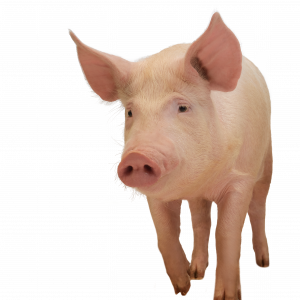
If ad libitum feeding is only the option – adjust the feed accordingly
DanBred’s nutrient specifications should be followed. Click here to find them.
Housing conditions during the growth period is key to ensuring individual quality of the animals, especially when focusing on sow longevity and lifetime productivity. The conditions are important for animal welfare, but also the overall conformation of the gilts.

For consistency and continuity in the rearing section, it is advised to appoint one person as responsible for setting the direction of the daily tasks, such as feeding, selection, backfat scanning, health inspection, and heat detection.
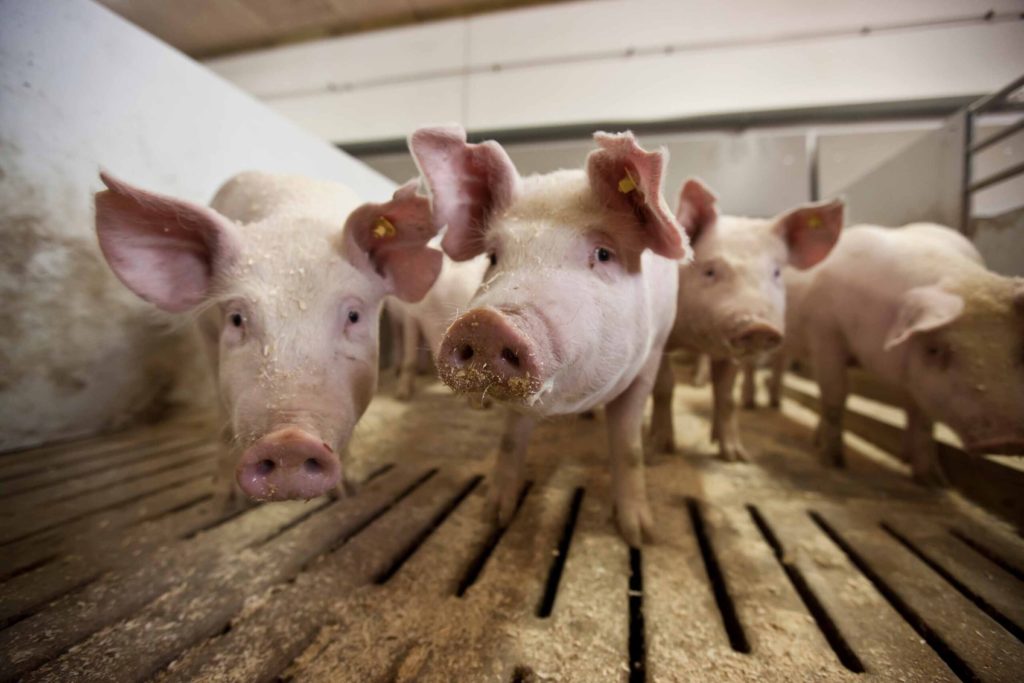
All gilts in all pens must be checked minimum one time per day
Introduce a health and welfare plan: assure longevity with an on-farm health and welfare programme
Gilt development is crucial to improve the sow’s productive lifetime in your herd.
First and foremost, only the best candidates are selected as your future sows. When you purchase the gilts, ensure the best quality assessment upon arrival. And make sure the gilts are vaccinated against all relevant diseases. Finally, your gilts must have enough quarantine time before entering the herd. When you produce your own gilts, you should have clear selection targets and tasks – starting from when the piglets are born, during the growth period, and until the first mating.
Secondly, ensure the right feeding strategy for the DanBred gilts to reach optimum DanBred reproductivity.
Finally, the proper housing conditions and how well you handle the daily routines with the gilts are also essential focus points in order to be successful in gilt development and quality. These approaches may sound simple, but it is easier said than done. Therefore, it is important to make sure that everyone in the team understands how important the gilts are to the entire herd performance.
With DanBred’s top tips for gilt development in mind, you can improve the efficiency in your herd and ensure sustainable profitability – year after year.
[1] Carrión-López, M.J., Orengo, J., Madrid, J., Vargas, A., Martínez-Miró, S., 2022. Effect of sow body weight at first service on body status and performance during first parity and lifetime. Animals 2022, 12, 3399. https://doi.org/10.3390/ani12233399
[2] Bruun, T.S.; Sørensen, G.; Tybirk, P., 2014: Baggrund for næringsstofnormer til polte fra 30 til 140 kg [Background for feeding standards to gilts from 30 to 140 kg]. Notat no. 1418. Link: https://svineproduktion.dk/publikationer/kilder/notater/2014/1418
[3] Eskildsen, M., 2016. Pig production, SEGES Publishing
[4] Farmer, C., 2015. The gestating and lactating sow. pp. 423-441.
[5] Theil, P.K., Krogh, U., Bruun, T.S., and Feyera, T., 2022. Feeding the modern sow to sustain high productivity. Molecular Reproduction & Development. 1-16.
[6] https://danbred-manual.com/en/sow-gilt-manual/gilt-unit/
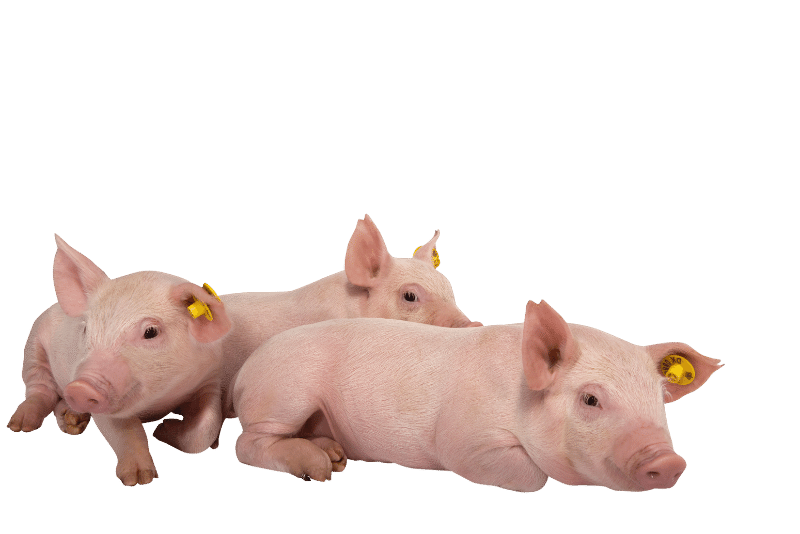
Join our list and get valuable insights and practical knowledge directly in your mailbox.
Join our list and get valuable insights and practical knowledge directly in your mailbox.
We can help you transition to DanBred genetics, technical services, transport and more. Book a time with us, and we will call you when it suits you.
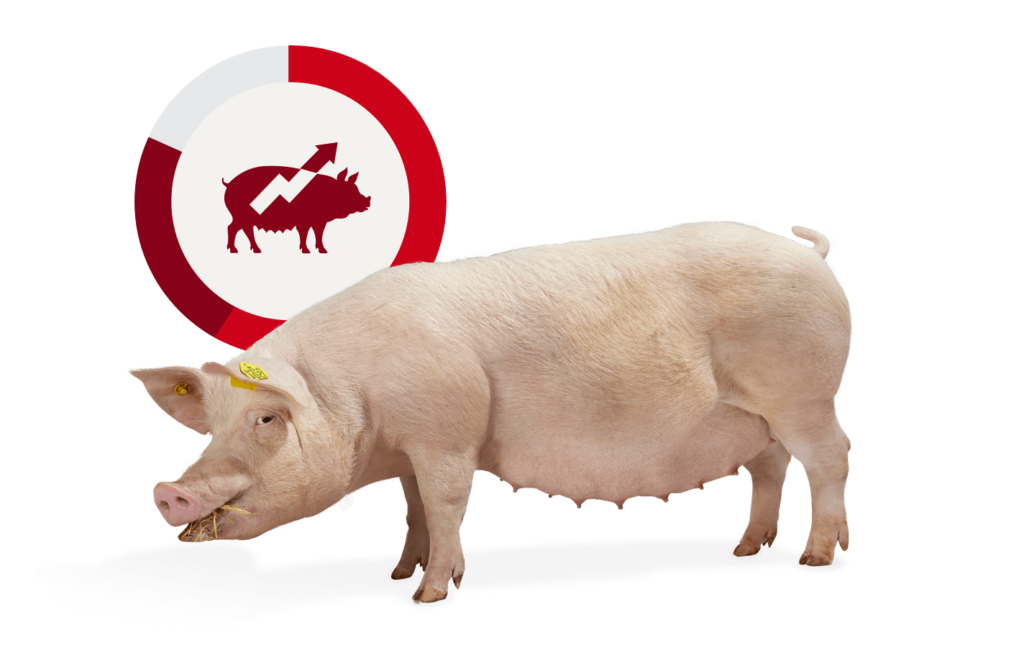
Do you think DanBred might be the right choice for you or someone you know? Click below to get in on the progress.
